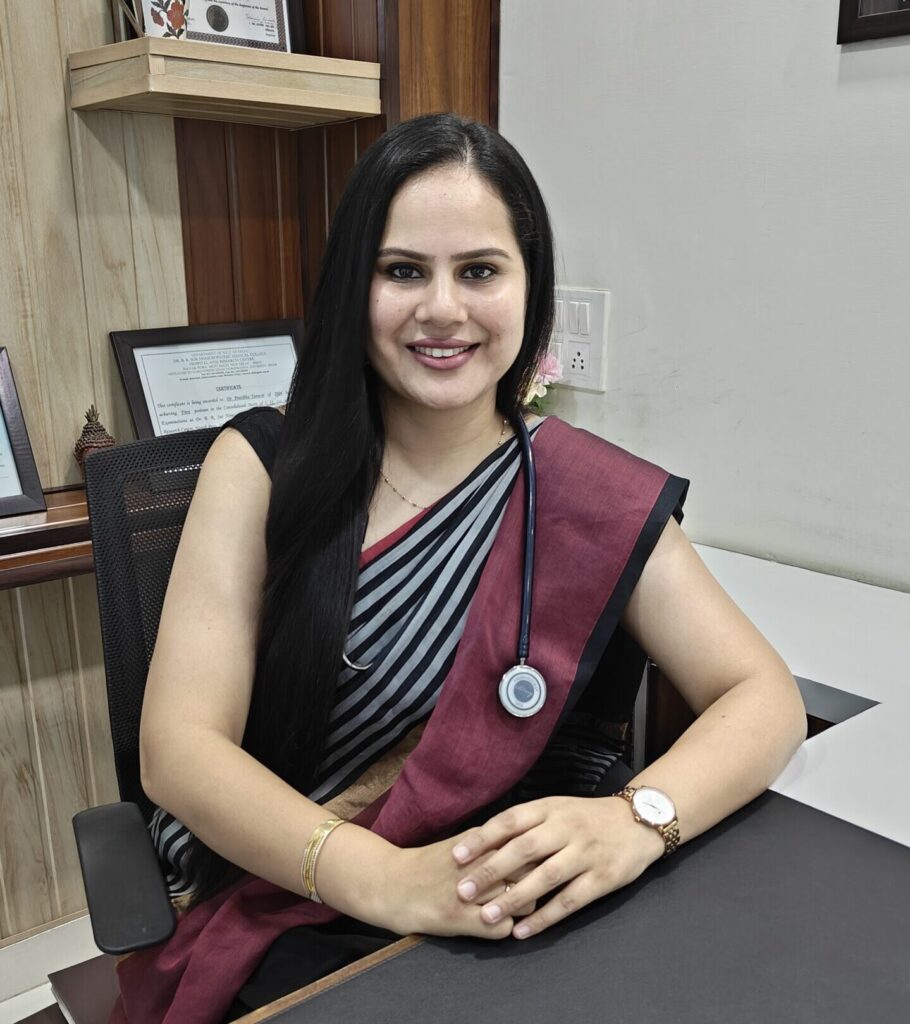Breasts are made up of lobules (milk-producing glands) and ducts (tubes that carry milk to the nipple), which are surrounded by glandular, fibrous supporting tissue and fatty tissue. Fibroadenomas develop from a lobule. The glandular tissue and ducts grow over the lobule and form a solid lump. Fibroadenomas are benign (not cancer) and don’t increase the risk of developing breast cancer. They are thought to occur because of an increased sensitivity to the female hormone oestrogen. A fibroadenoma usually has a smooth rubbery texture and can move easily under the skin. Fibroadenomas are usually painless, but some people may feel some tenderness or even pain. Fibroadenomas are very common and it is not unusual to have more than one.
Often developing during puberty, they are mostly found in young women, but can occur at any age. Most fibroadenomas are about 1 to 3cm in size and are called simple fibroadenomas. Occasionally, a fibroadenoma can grow to more than 5cm and may be called a giant fibroadenoma. Those found in teenage girls may be called juvenile fibroadenomas. Most fibroadenomas stay the same size. Some get smaller and some eventually disappear over time. Sometimes fibroadenomas get bigger, particularly in teenage girls and pregnant and breastfeeding women, but often get smaller again.
Nearly 90% of breast masses in women are the result of benign lesions and are usually fibroadenoma in women in their 20s or 30s.
Fibroadenomas are usually single lumps. About 10% to 15% of women have several lumps that may affect both breasts. Lumps may be any of the following:
Lumps have smooth, well-defined borders. They may grow in size, especially during pregnancy. Fibroadenomas often get smaller after menopause (if a woman is not taking hormone therapy).
Estrogen sensitivity (Psora) is thought to play a role in fibroadenoma growth. Some tumors may increase in size towards the end of the menstruation or during pregnancy (Sycosis).
After menopause, many fibroadenomas spontaneously shrink due to lower estrogen levels (Psora/ Syphilis). Hormone therapy for postmenopausal women may prevent fibroadenomas from shrinking.
All fibroadenoma are composed of glandular cells and fibroconnective, or stromal, cells. The majority of fibroadenoma do not grow larger than one to three centimeters, but some may grow to over five centimeters, in length.
These unusually divided into two subcategories:
A physical examination will be conducted and your breasts will be palpated (examined manually). A breast ultrasound or mammogram imaging test may also be ordered. A breast ultrasound involves lying on a table while a hand-held device called a transducer is moved over the skin of the breast, creating a picture on a screen. A mammogram is an X-ray of the breast taken while the breast is compressed between two flat surfaces.
A fine needle aspiration or biopsy may be performed to remove tissue for testing. This involves inserting a needle into the breast and removing small pieces of the tumor. The tissue will then be sent to a lab for microscopic examination to determine the type of fibroadenoma and if it is cancerous.
Having massive years of experience and knowledge in the homeopathic field. She has specialized in skin & hair treatment, & diabetes, and treatment of other chronic diseases.
We are one of the Best Homeopathic Clinics in Delhi, India with 100% result oriented.
WhatsApp us

Dr. Pratibha Tanwar